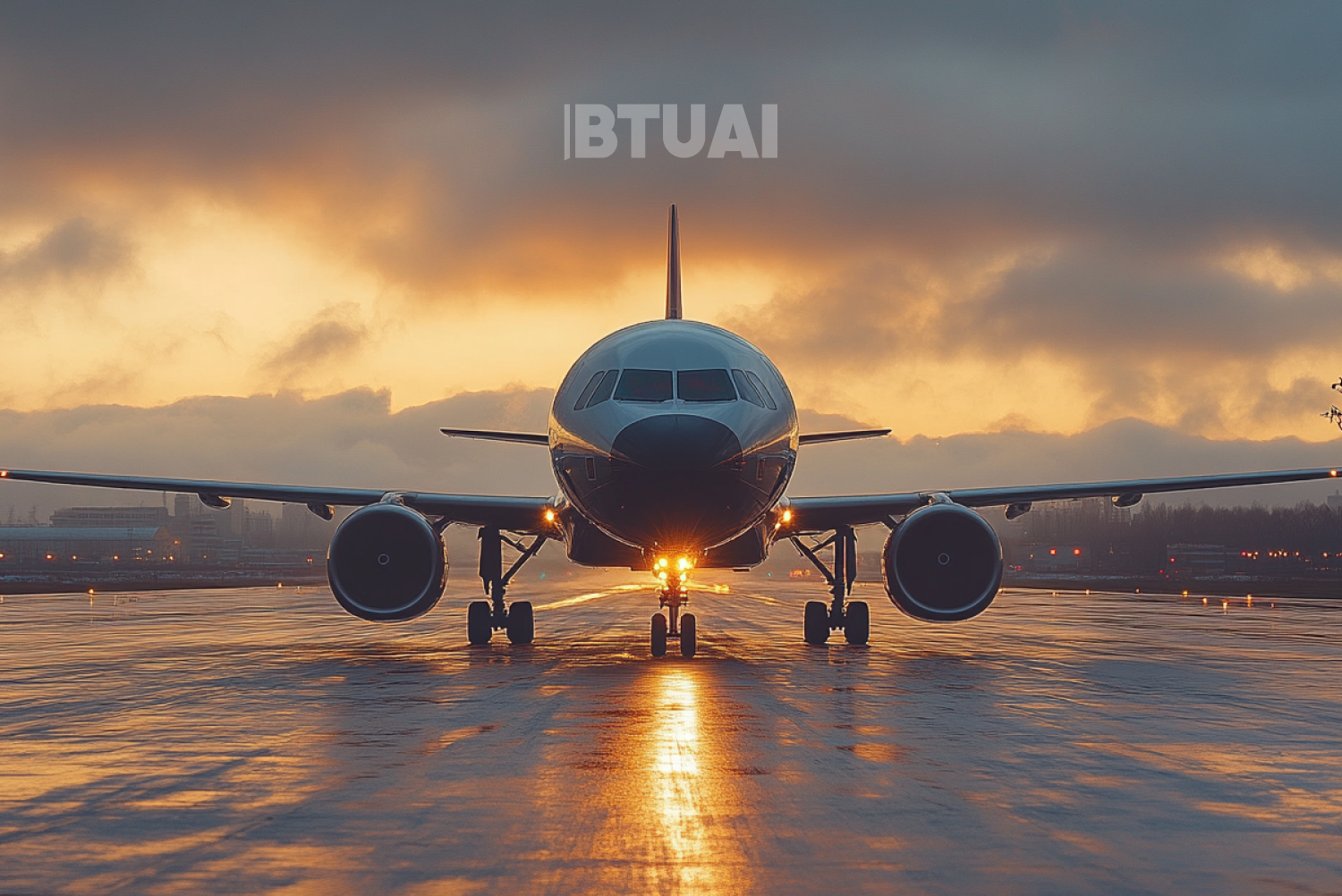Georgia’s Aviation Sector in 2024: A Remarkable Recovery Amid Global Trends
According to Geostat, Georgia’s aviation industry has demonstrated an impressive recovery in 2024, with passenger flow reaching 5.7 million

According to Geostat, Georgia’s aviation industry has demonstrated an impressive recovery in 2024, with passenger flow reaching 5.7 million in the first three quarters.
The global aviation industry was among the hardest hit during the COVID-19 pandemic, with passenger numbers dropping by nearly 60% in 2020 compared to pre-pandemic levels. Georgia experienced a similar collapse, with passenger traffic plummeting to just 0.83 million in 2020, far below the 5.2 million recorded in 2019. However, much like other countries, Georgia’s aviation sector began its recovery in 2021 and has accelerated since, with 2024 showing traffic levels not only approaching but potentially surpassing pre-pandemic highs.
Comparing Georgia’s recovery with global trends reveals several interesting insights. In Western Europe, countries like France and Spain saw their passenger numbers rebound to approximately 90% of 2019 levels by 2023, driven by strong intra-European travel and robust domestic tourism. Georgia, in contrast, has already exceeded its 2019 levels by mid-2024.
In the Middle East, hubs like Dubai and Doha achieved full recovery by late 2022, leveraging their roles as global transit centers. While Georgia does not operate on the same scale, it has benefitted from increased connectivity to these hubs, with airlines establishing new routes to Tbilisi and Batumi to meet rising demand from Gulf travelers. These connections have contributed significantly to Georgia’s record inbound passenger numbers, which reached 2.8 million in the first three quarters of 2024.
Conversely, the United States, despite being a larger aviation market, experienced a slower rebound, only reaching pre-pandemic levels in mid-2023. This was due to prolonged domestic restrictions and a cautious recovery of long-haul international flights.
A unique aspect of Georgia’s aviation resurgence is the role of its charter flight segment. While regular flights accounted for 96% of traffic, charter services have also grown significantly, reflecting the increasing interest of international tourists in tailored travel experiences, particularly from Eastern Europe and the Middle East. This differs from markets like the EU, where low-cost carriers dominate short-haul travel, emphasizing efficiency over customization.
Despite the strong rebound, challenges remain for Georgia’s aviation sector. Infrastructure constraints, particularly at Tbilisi and Batumi airports, mirror issues faced in other recovering markets.




